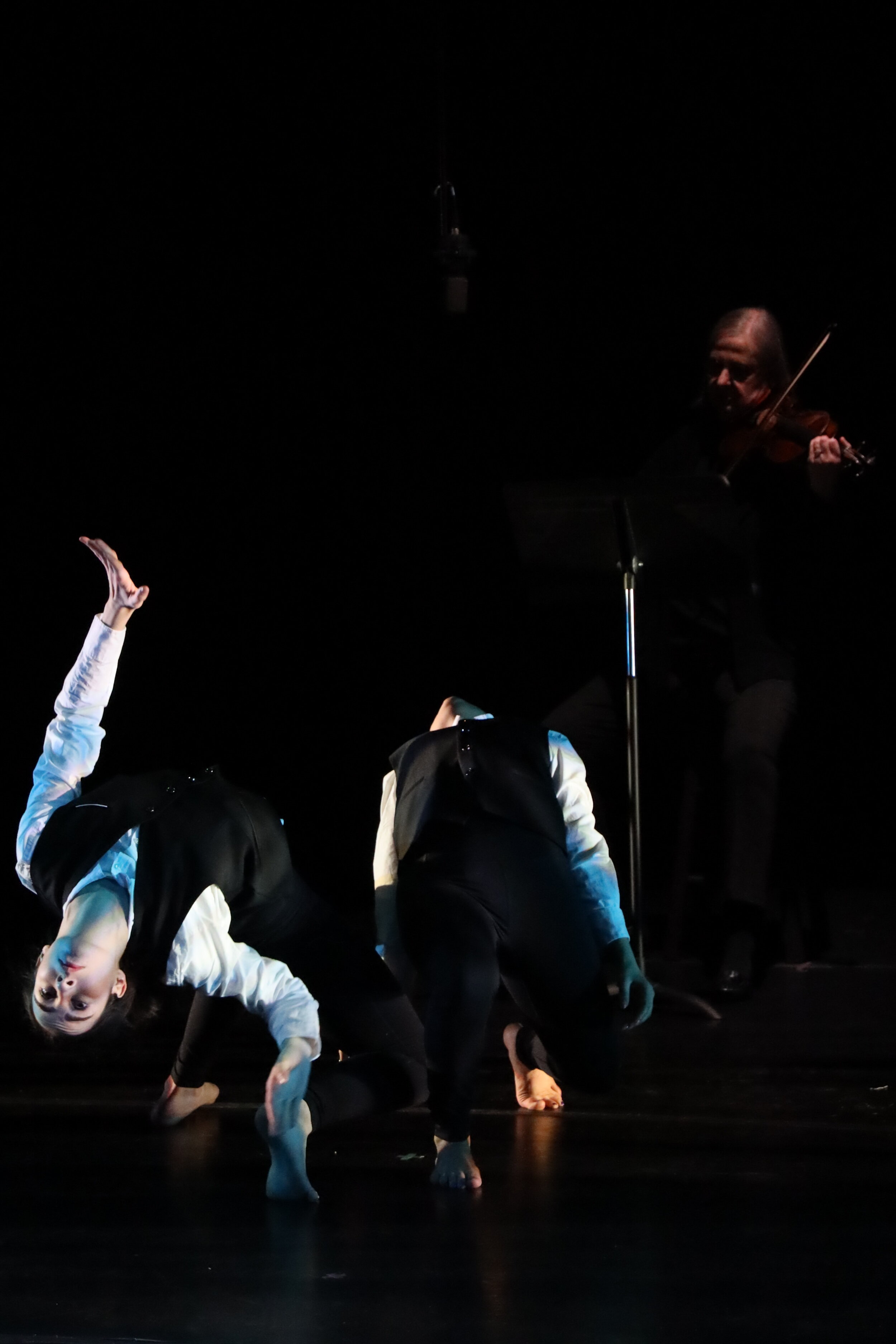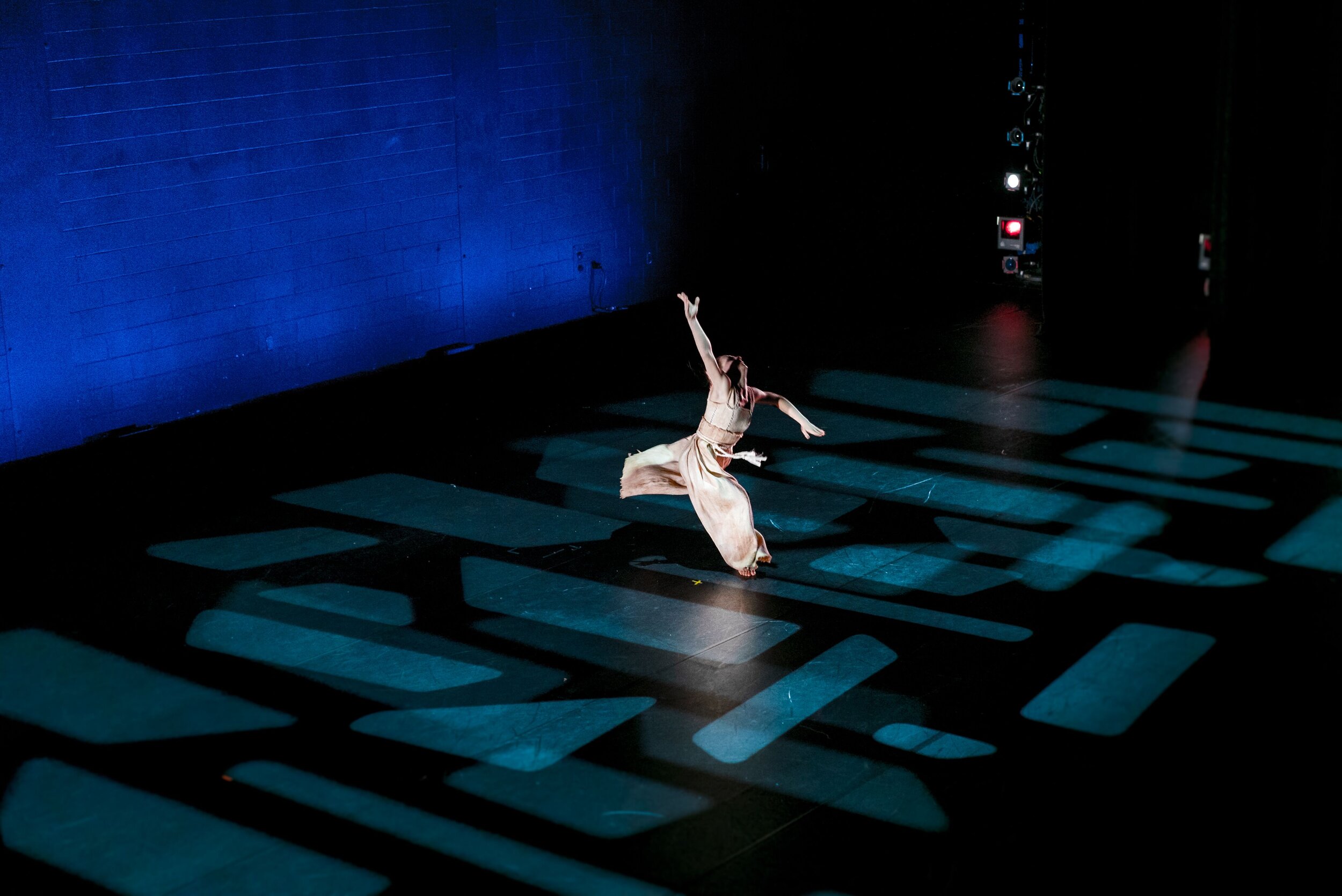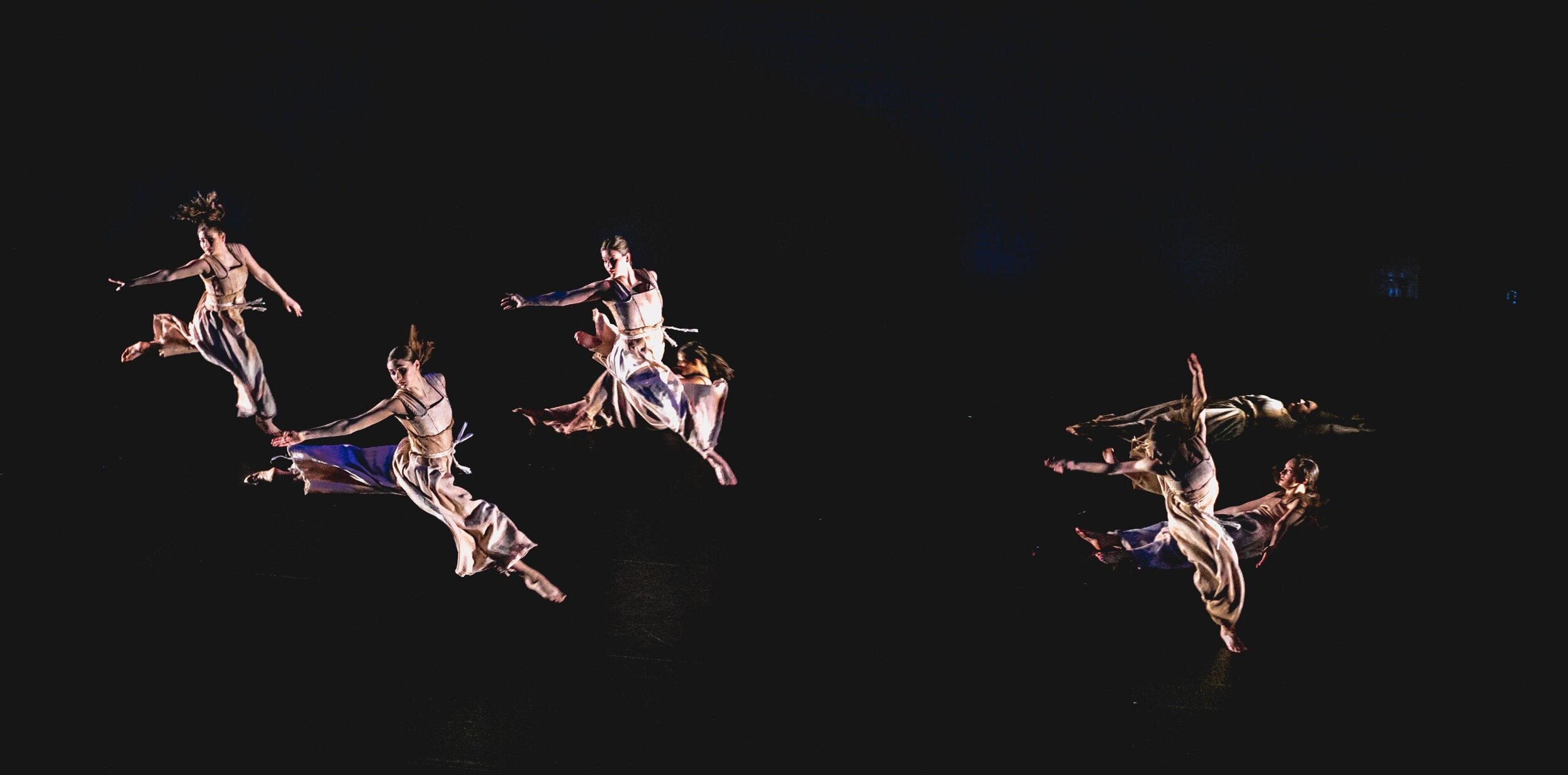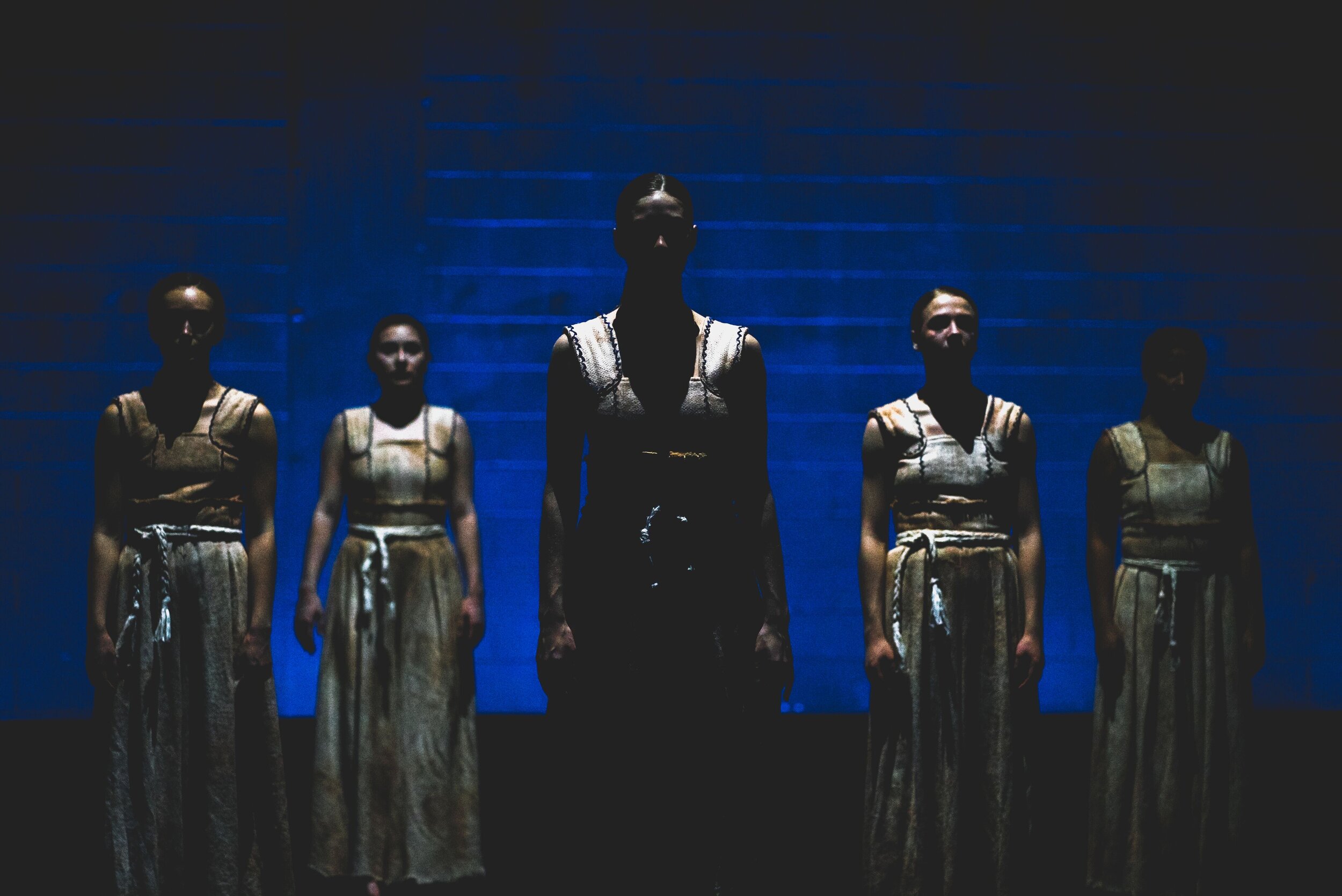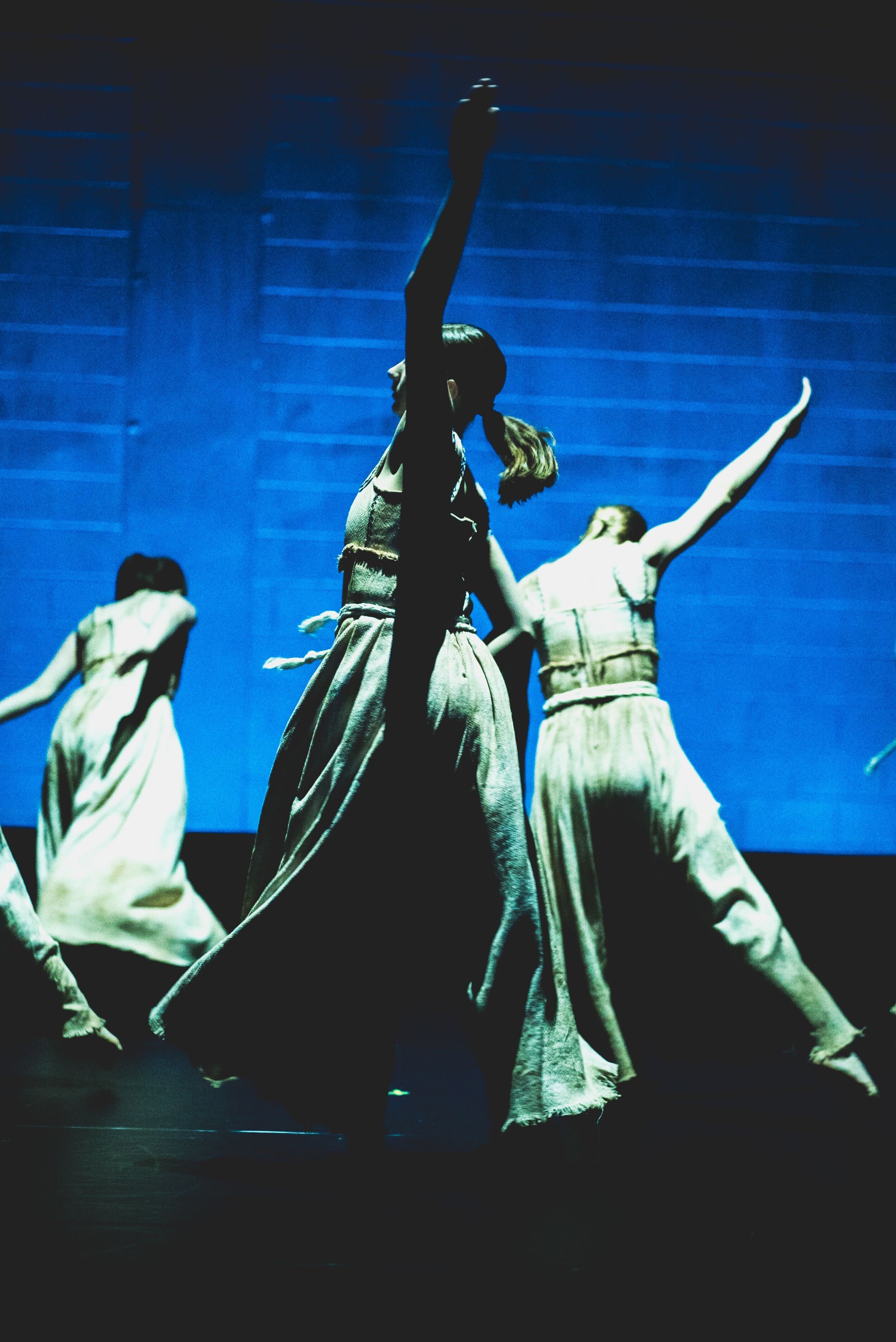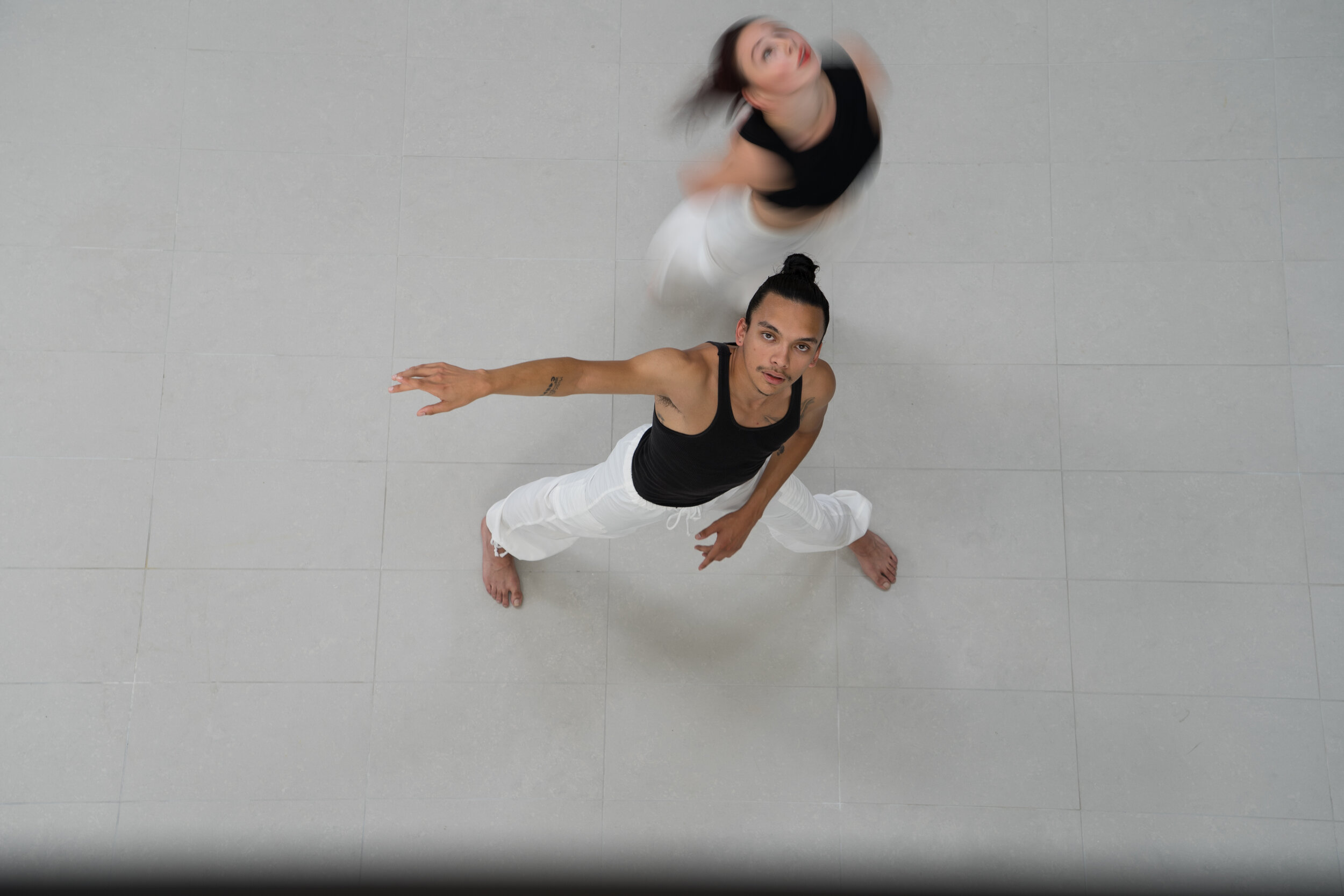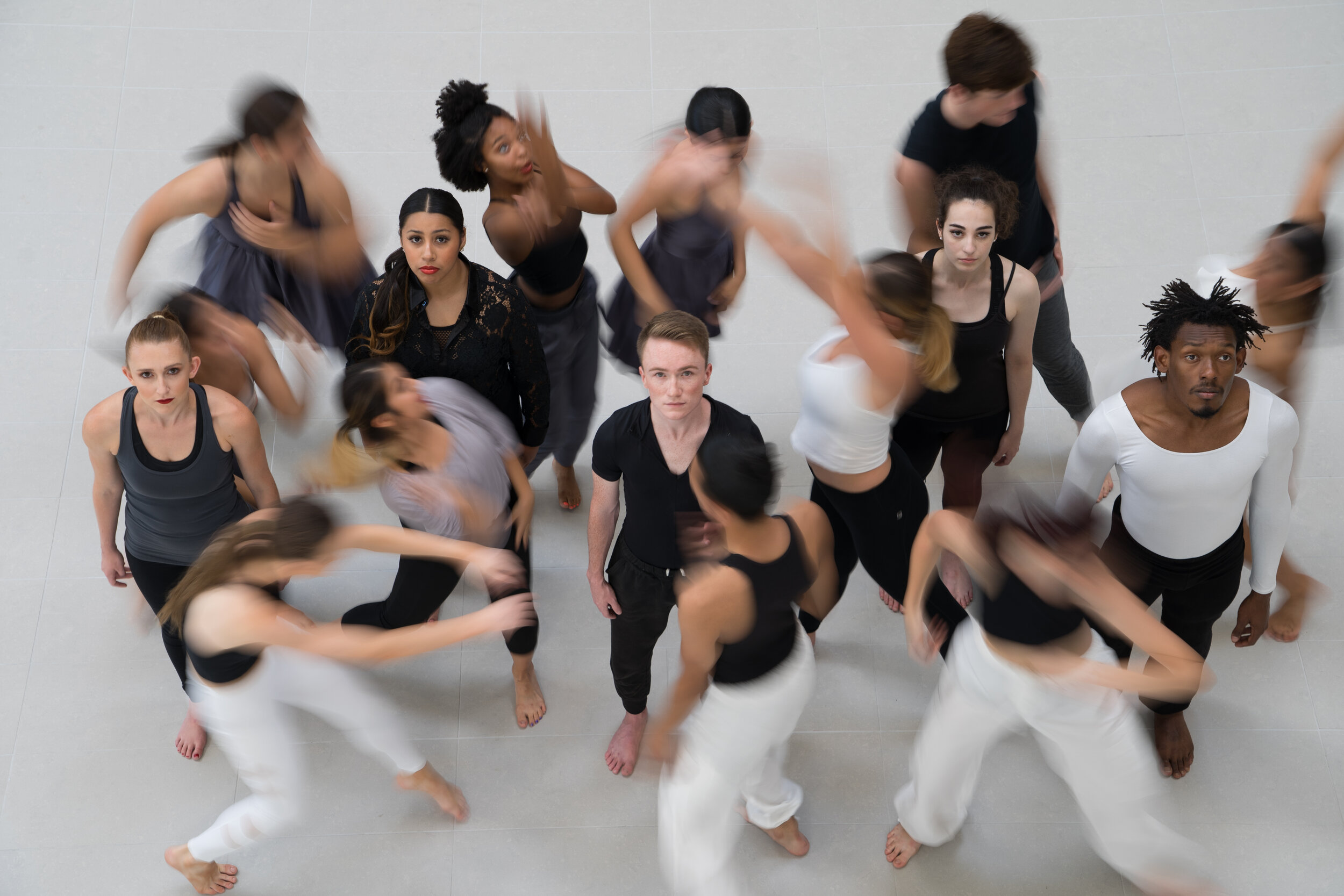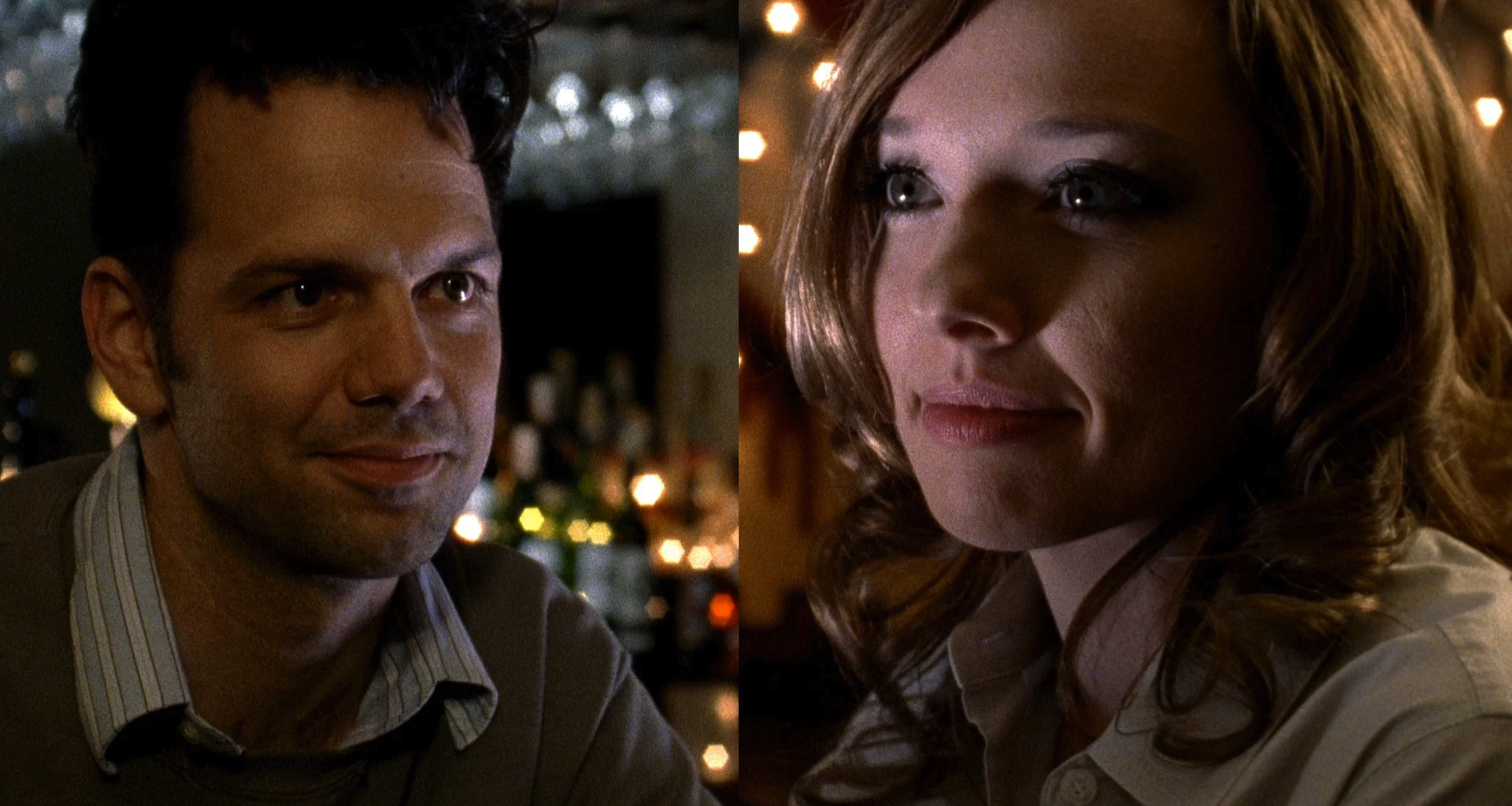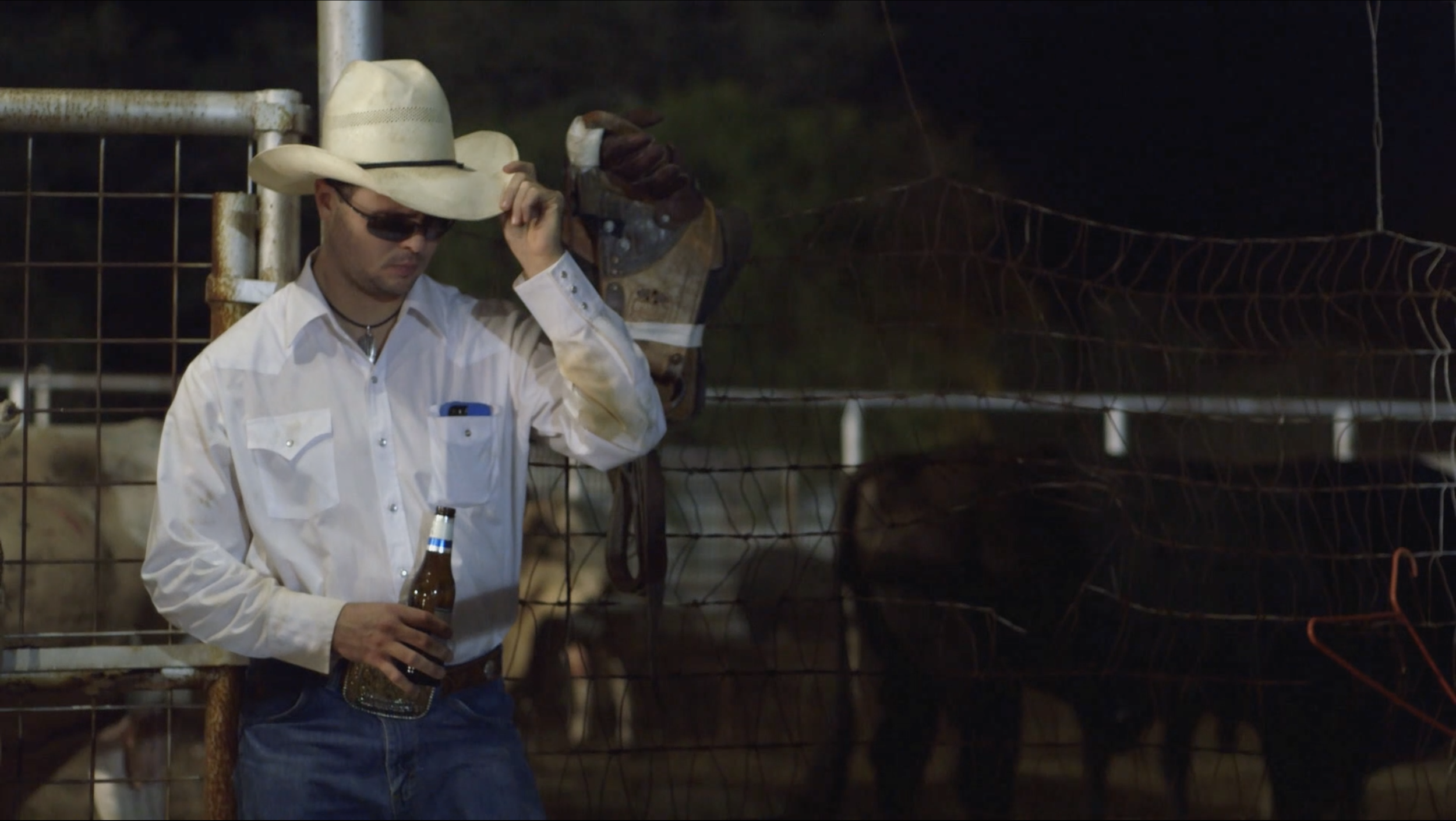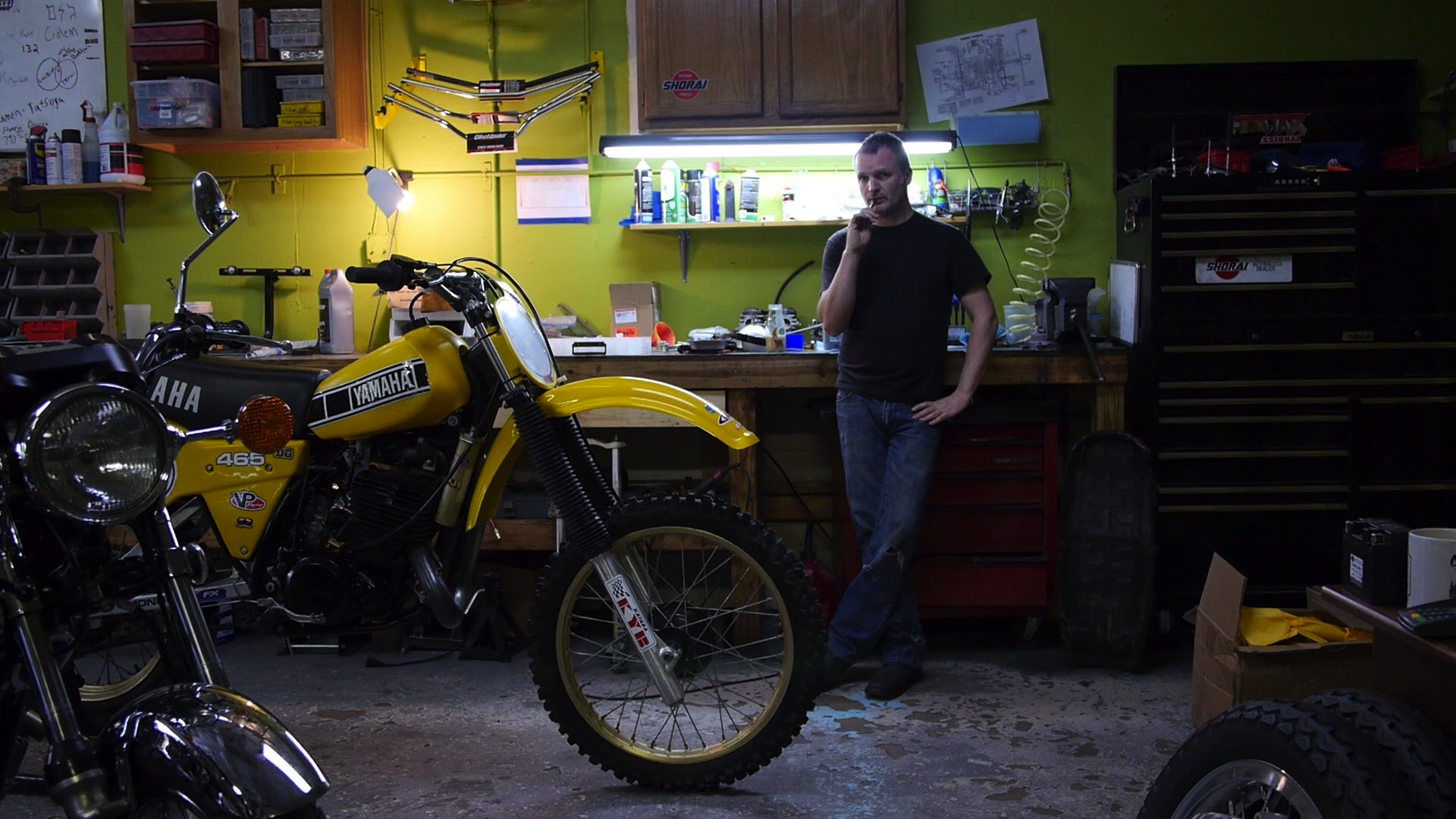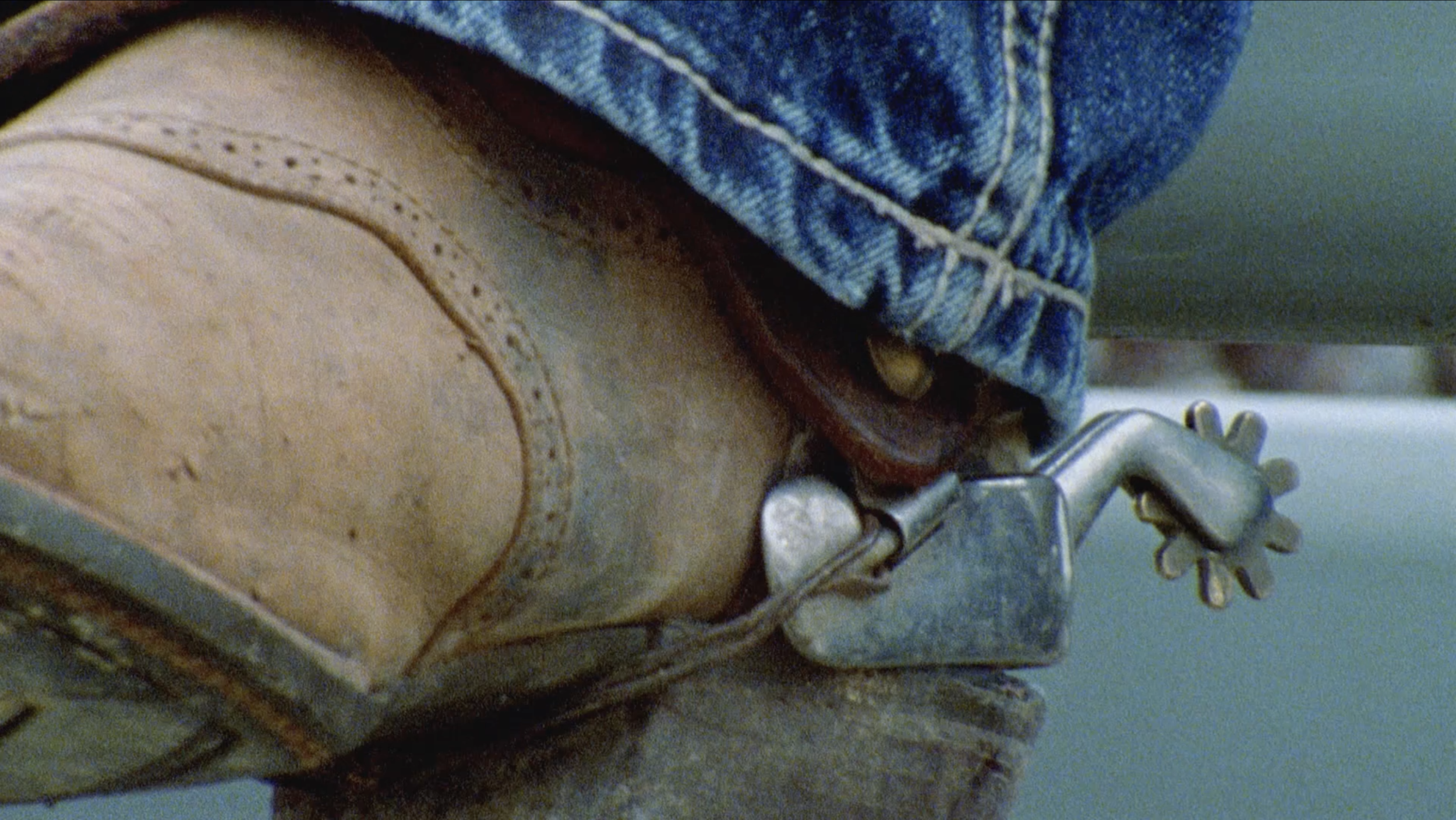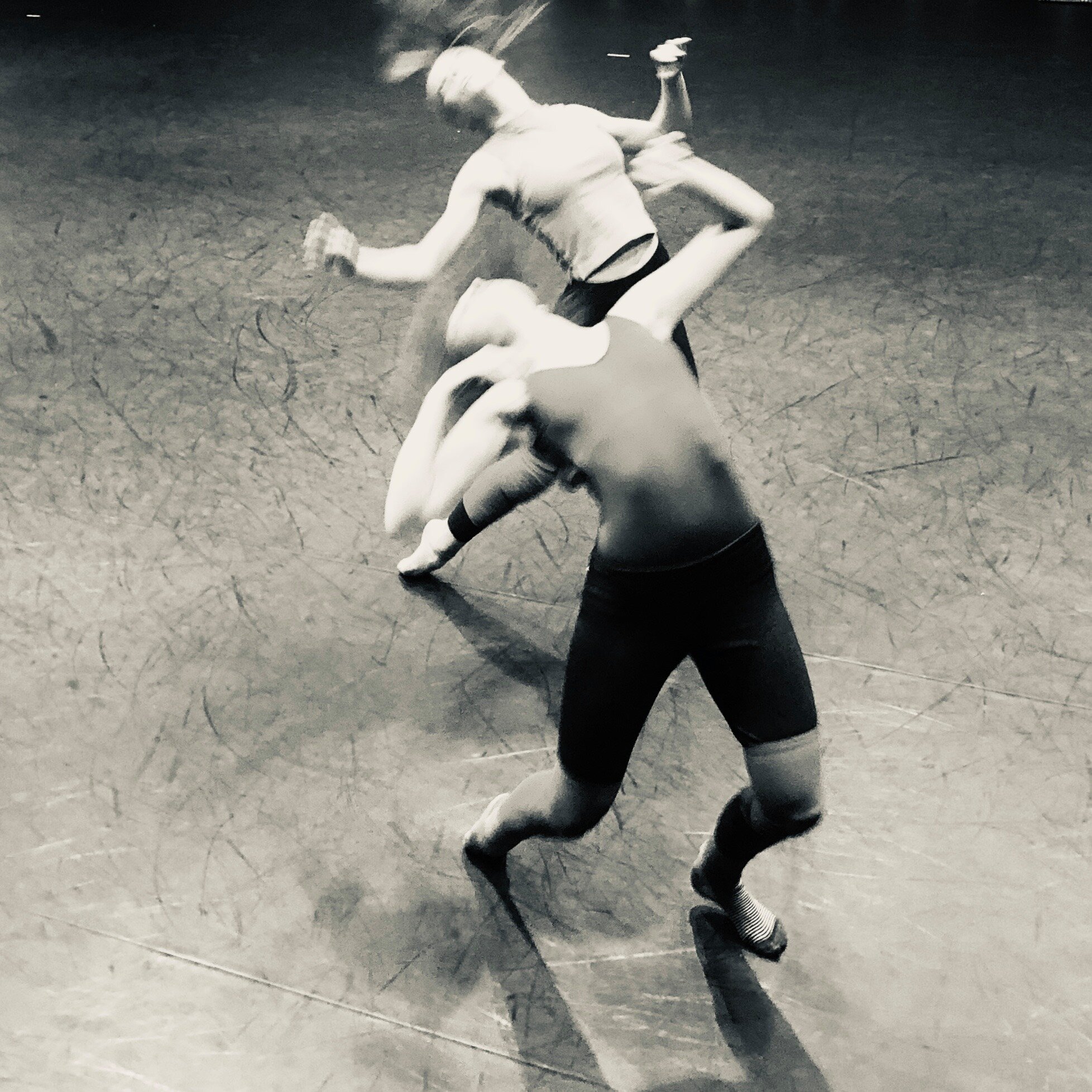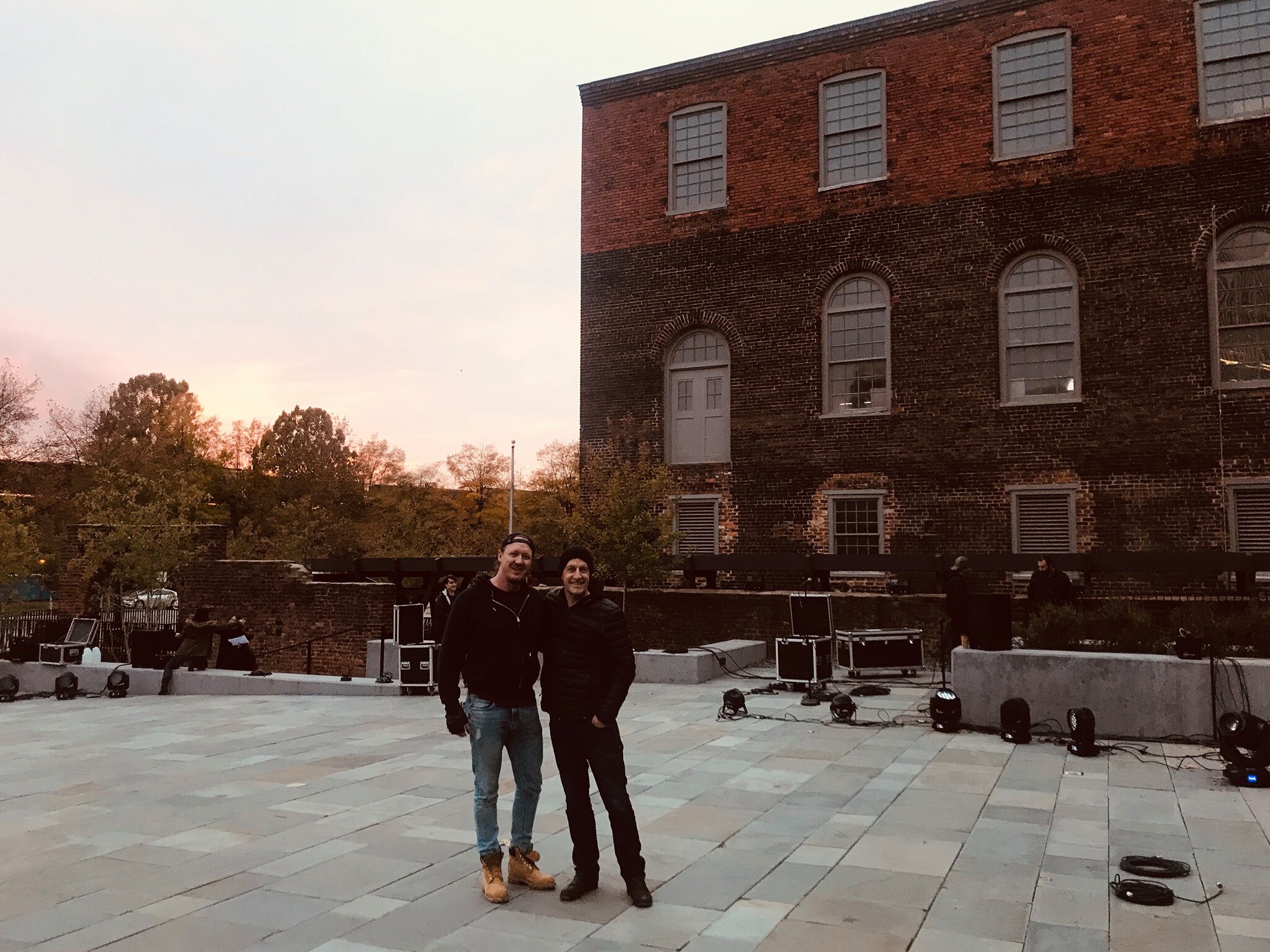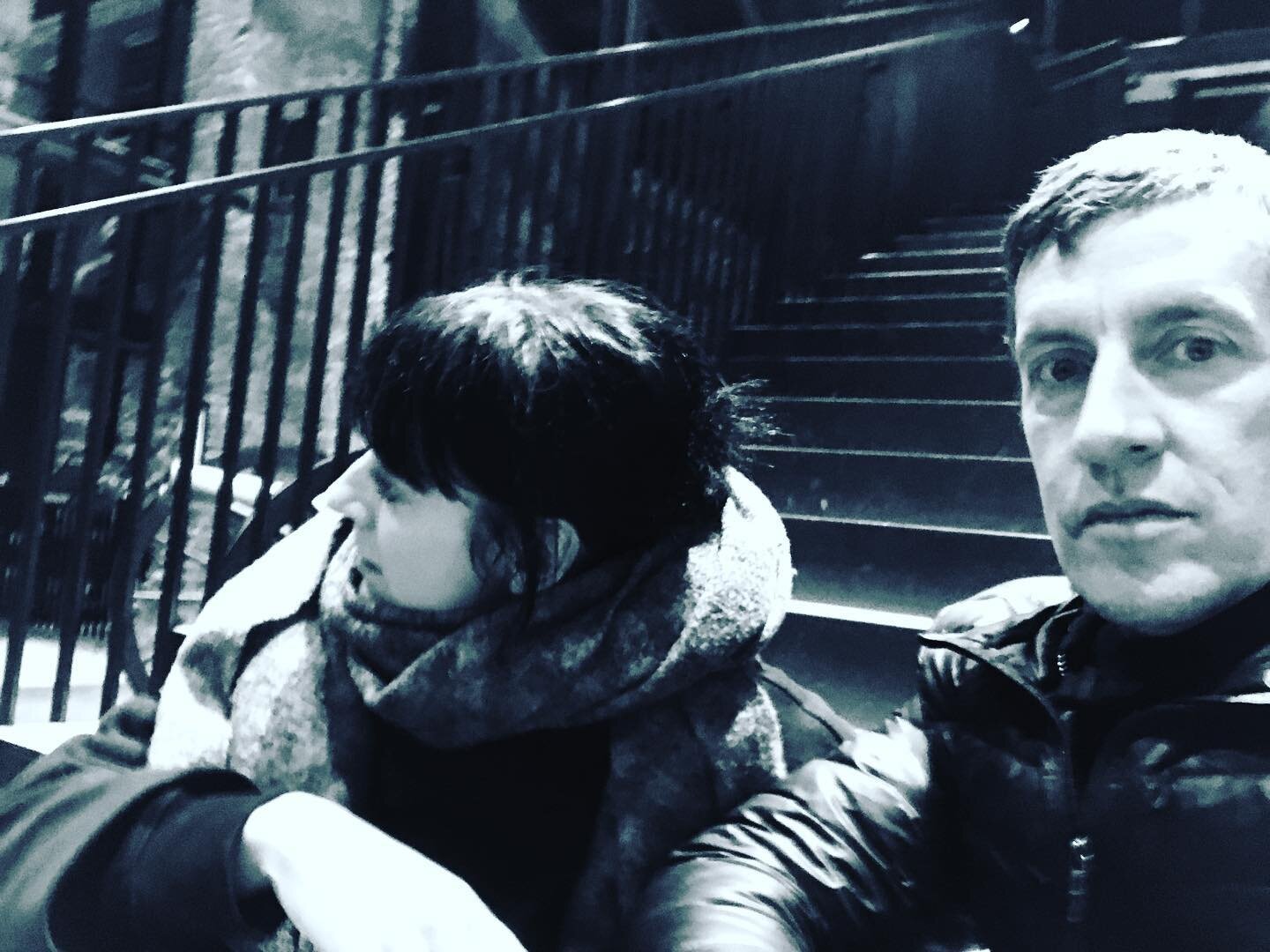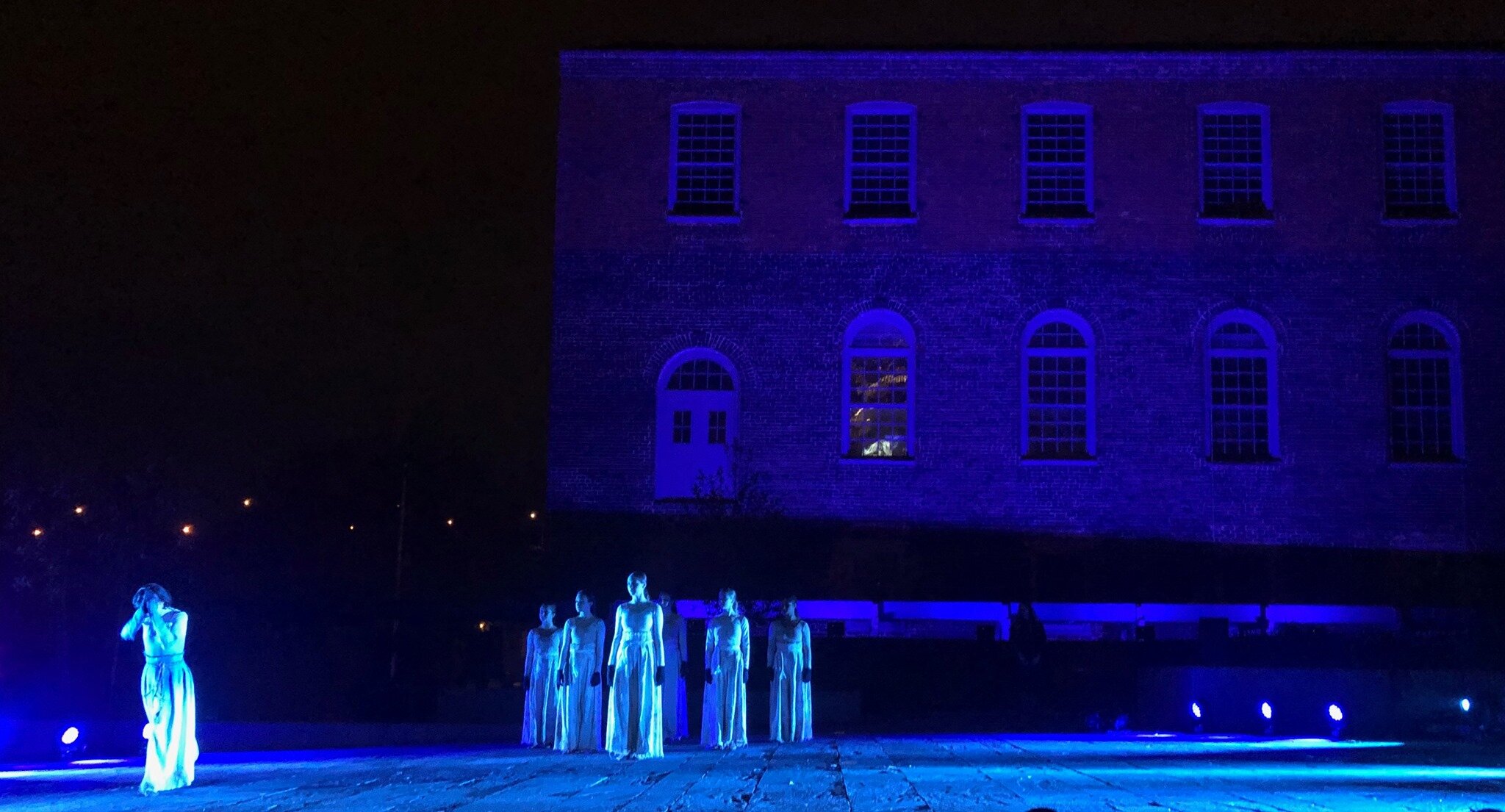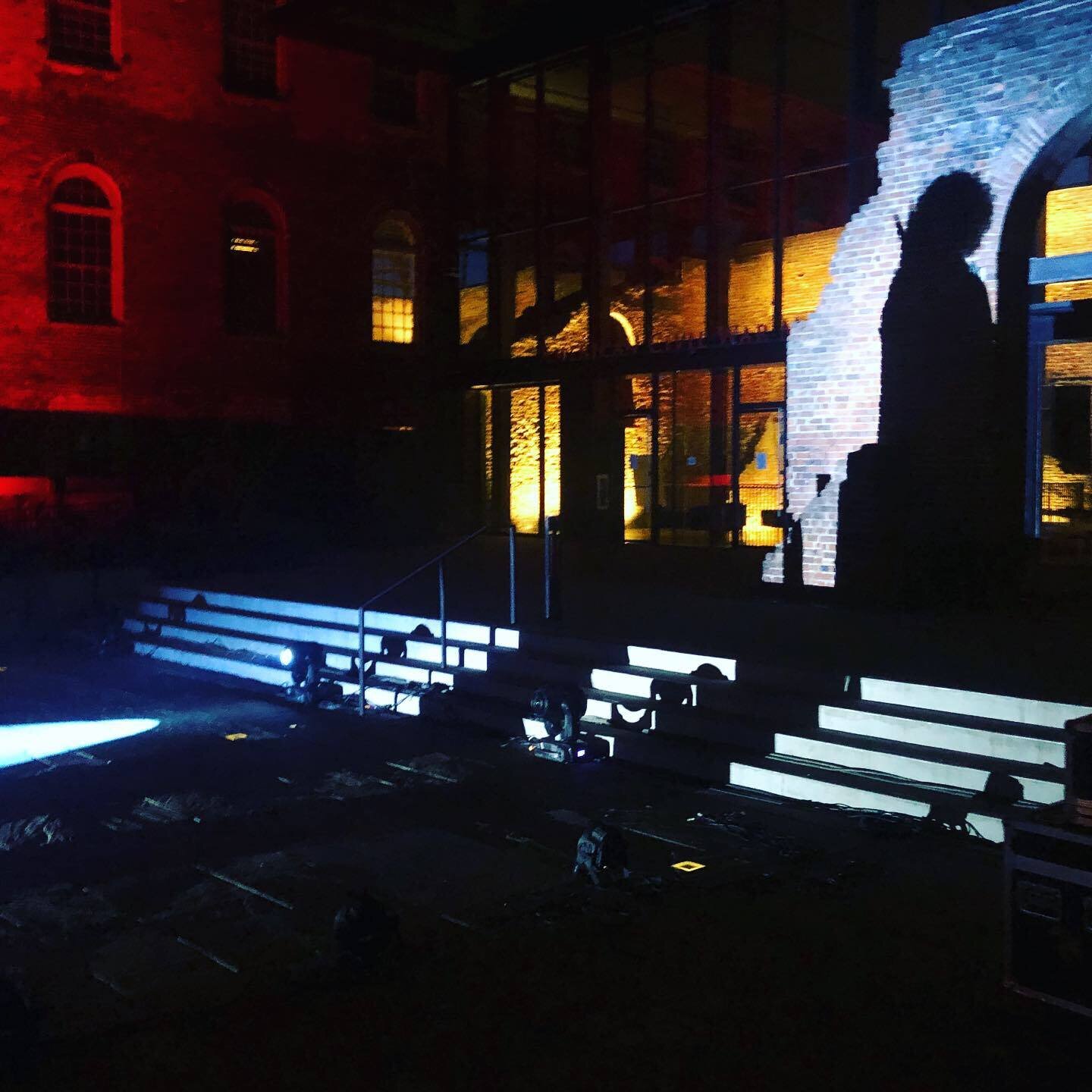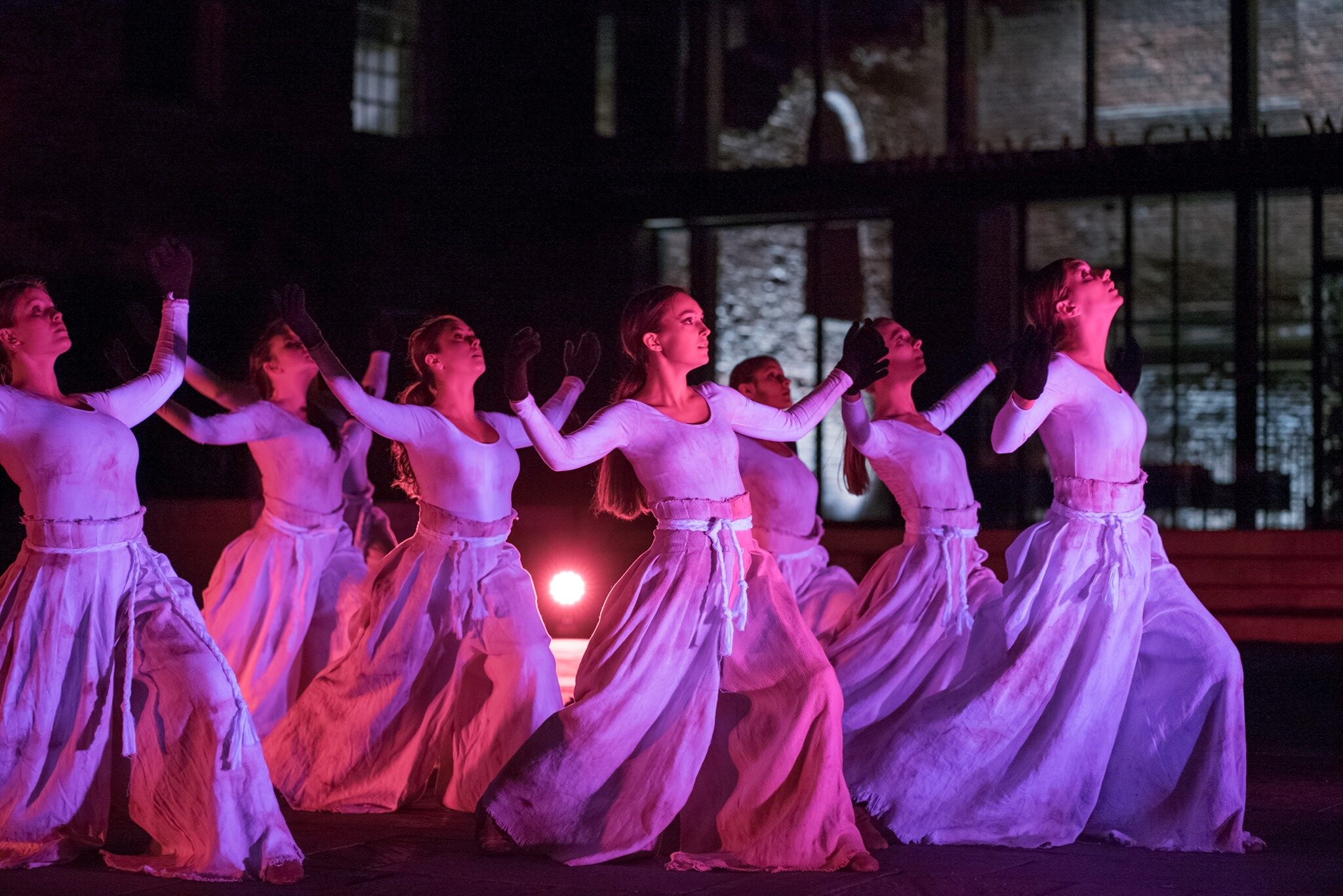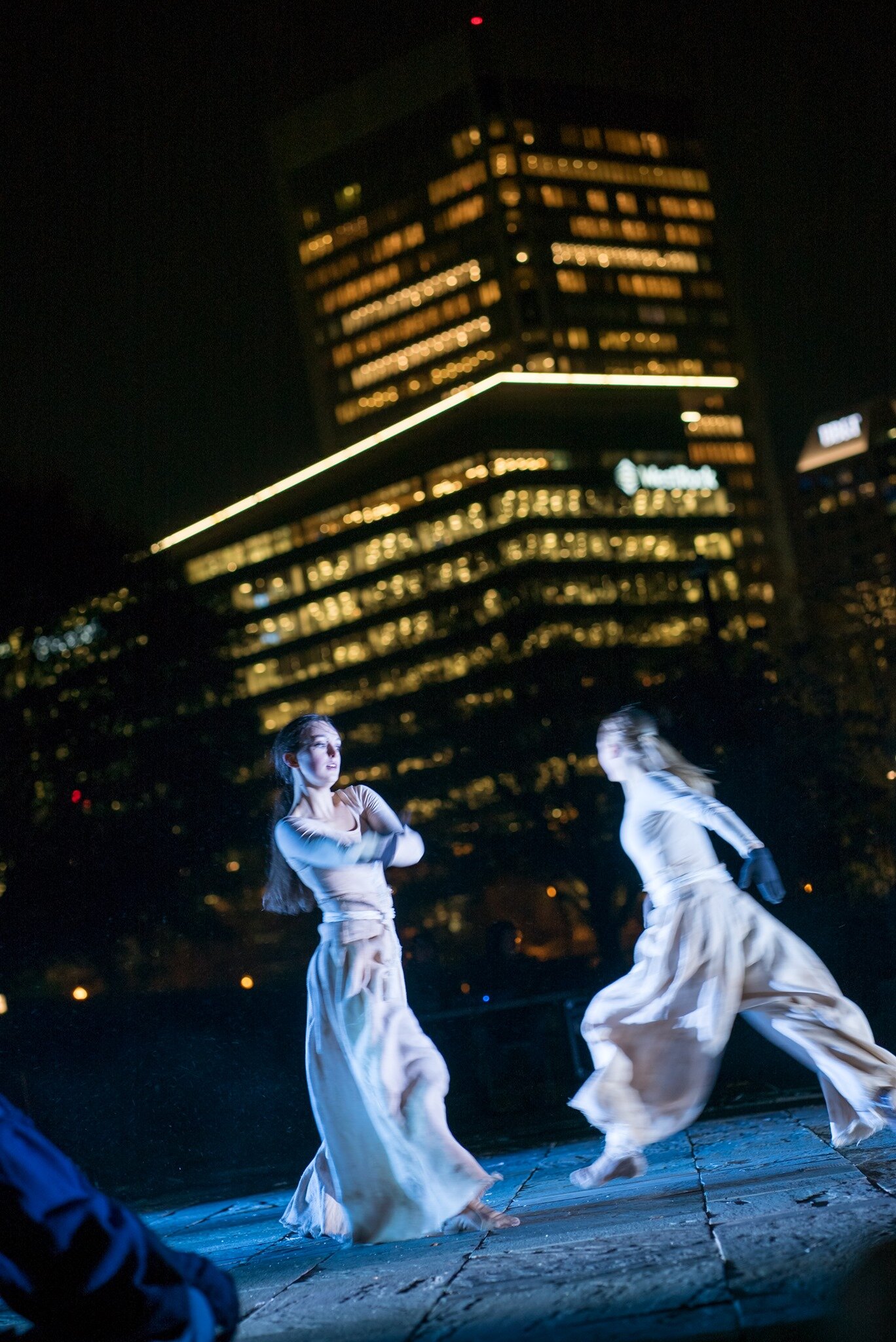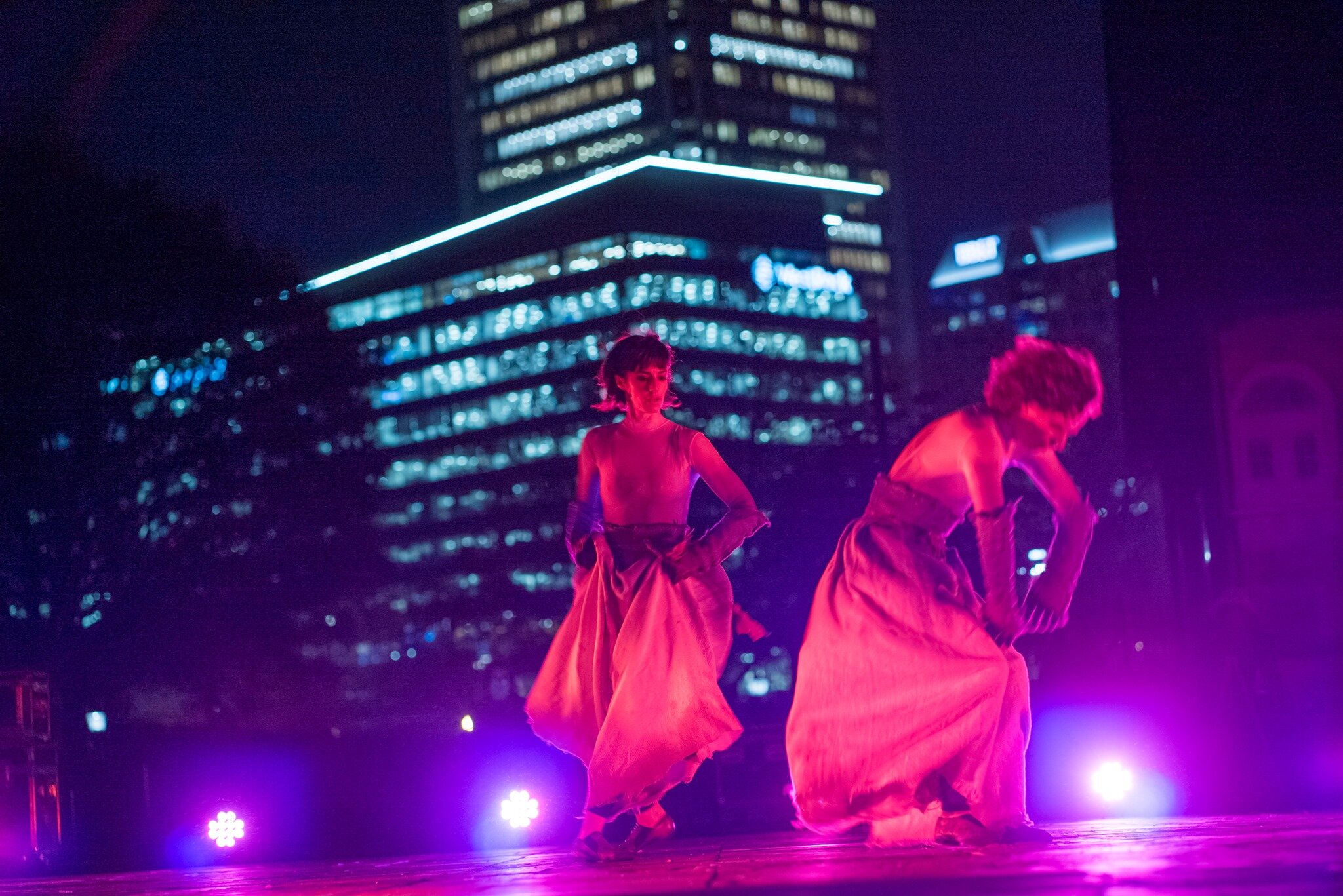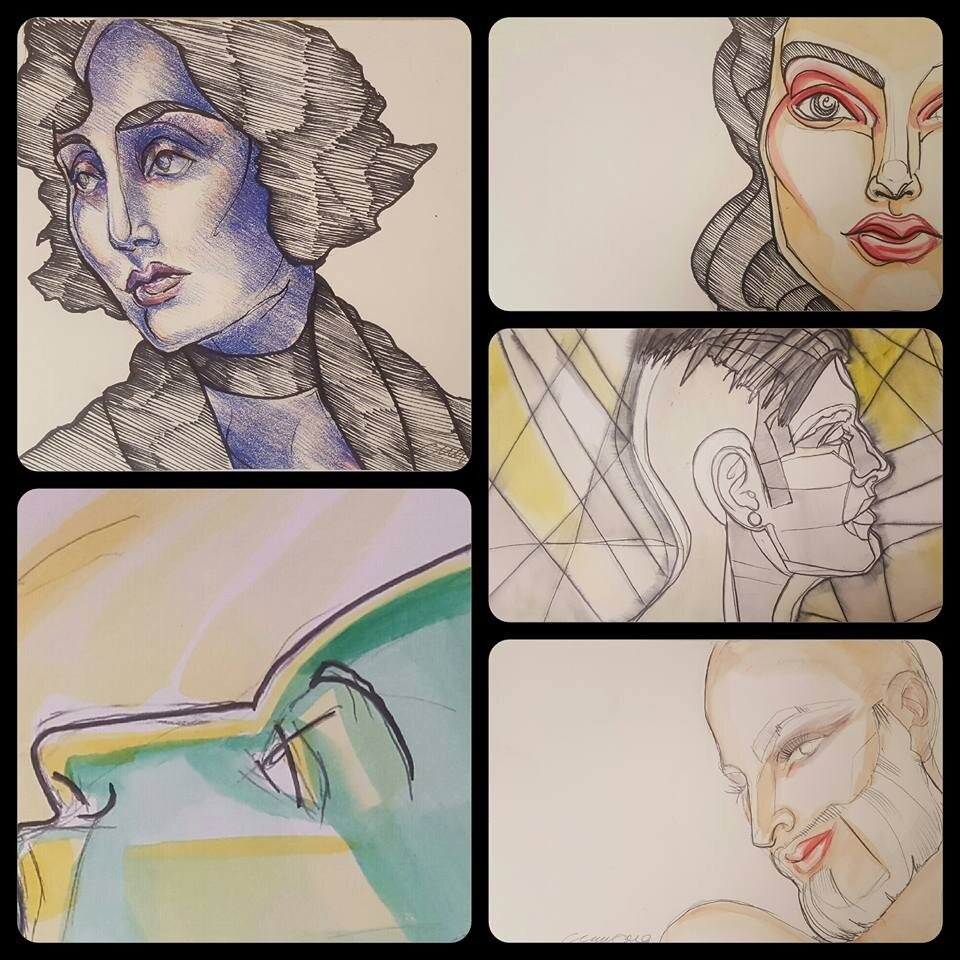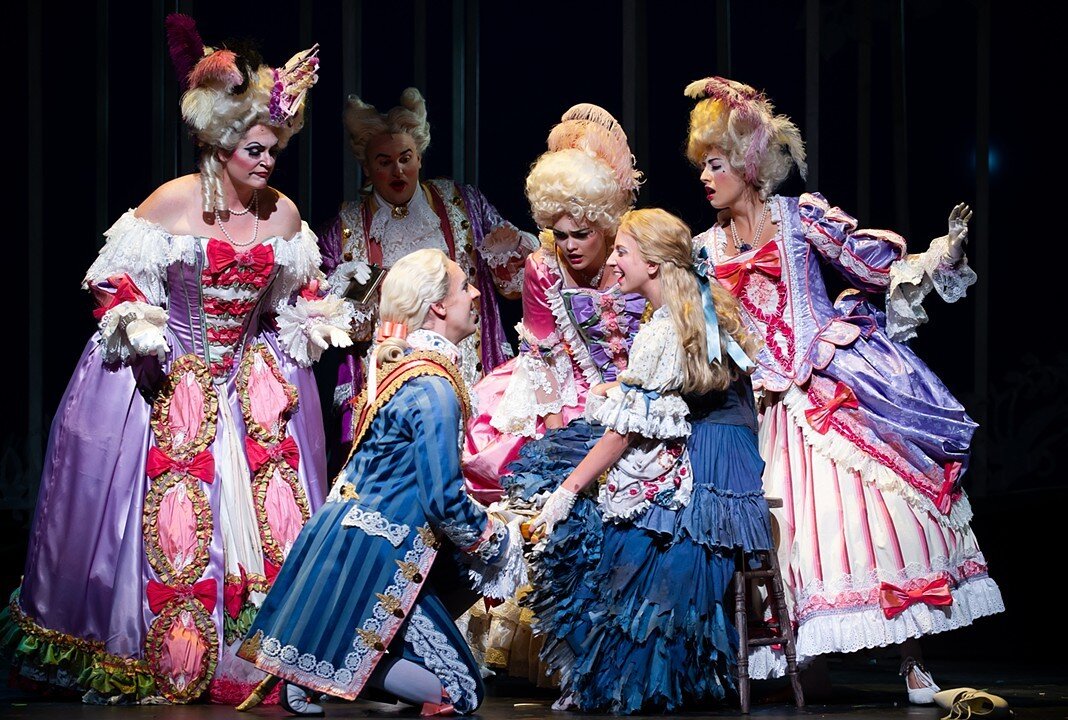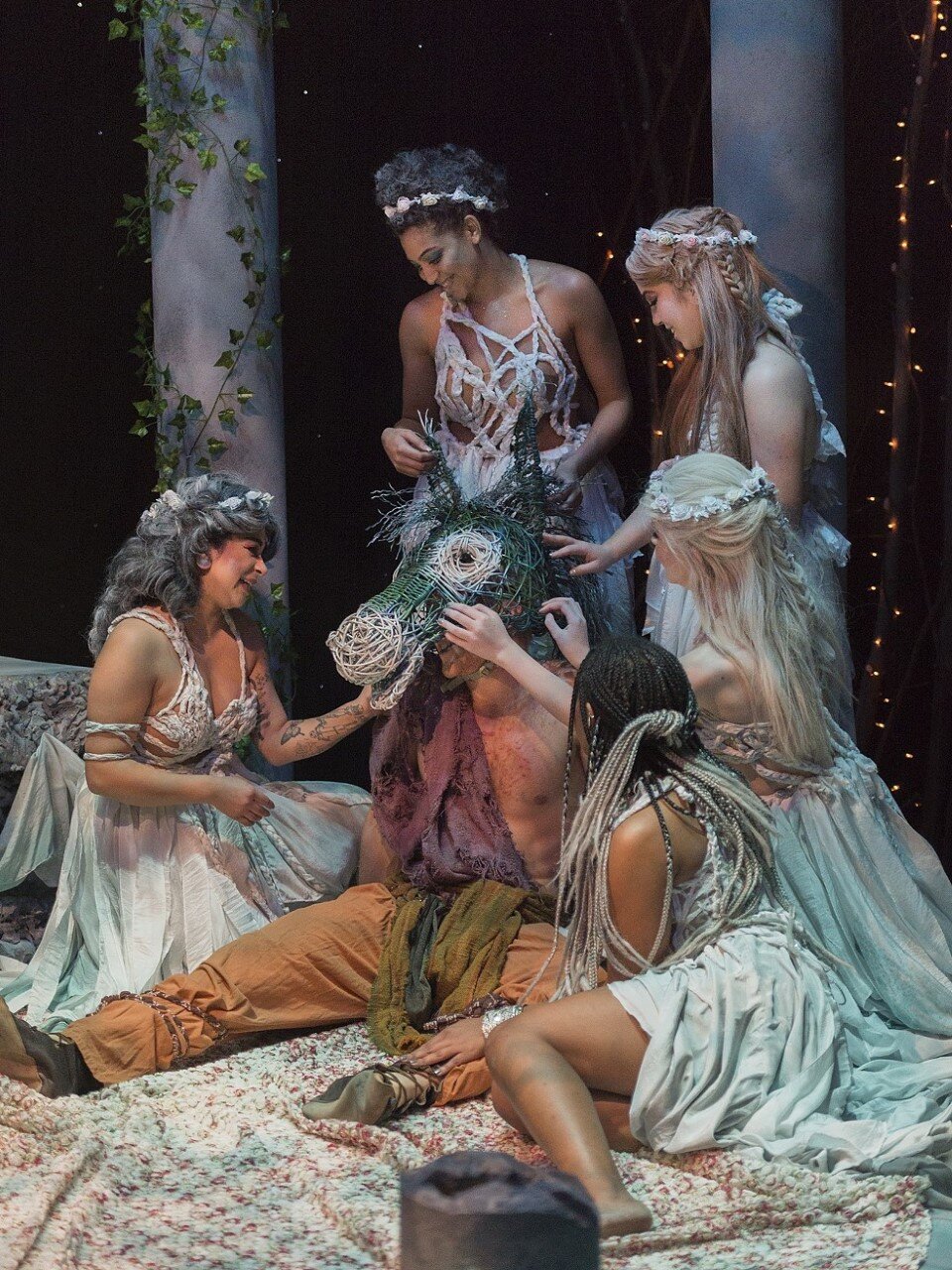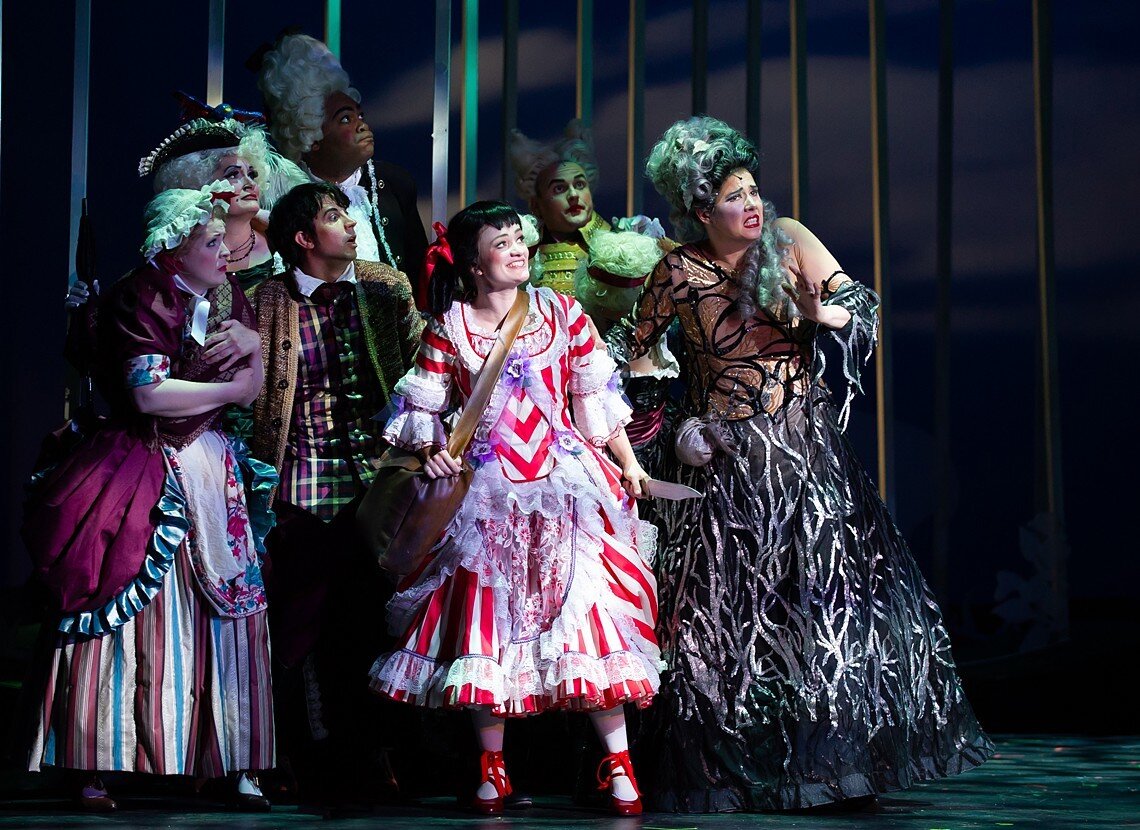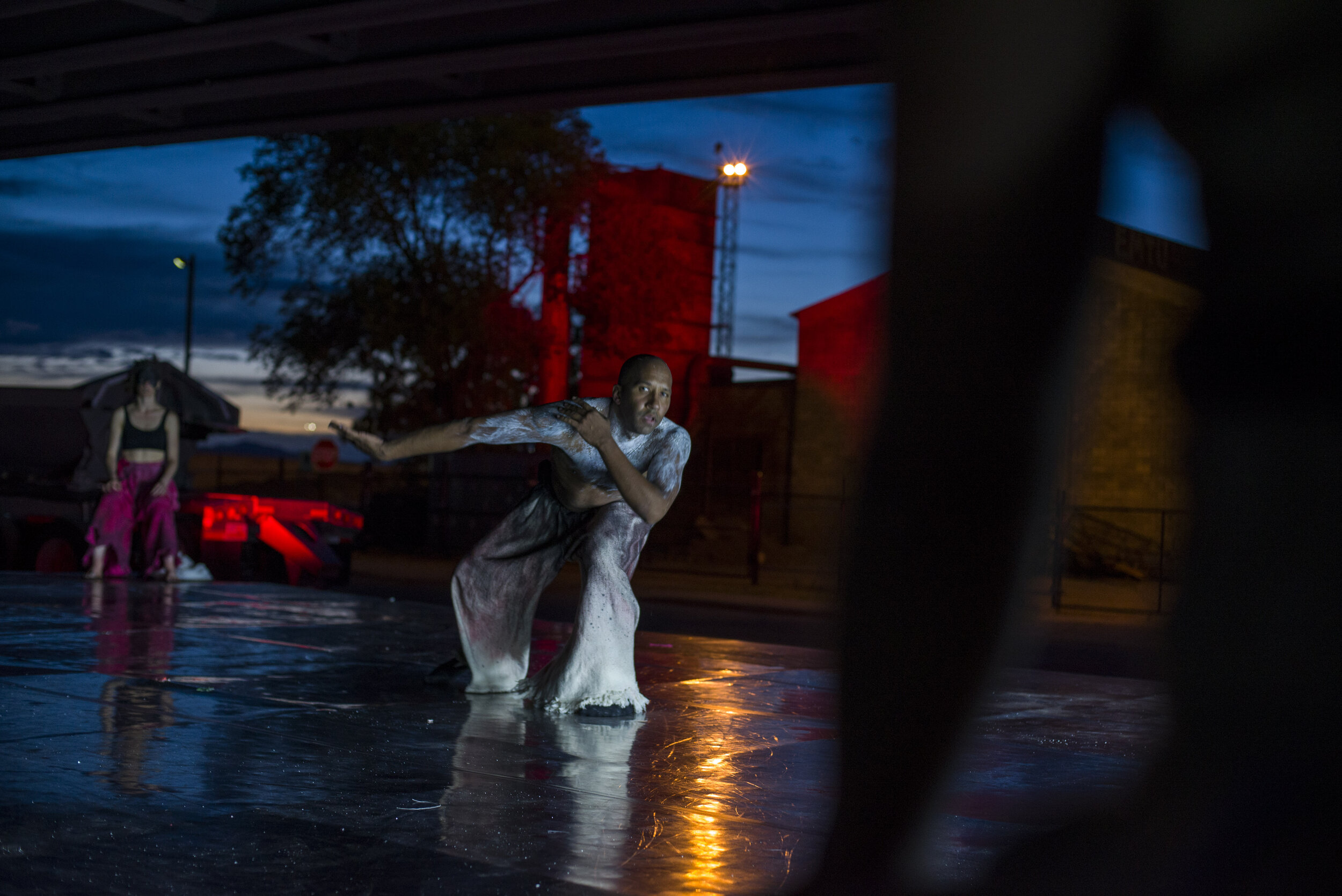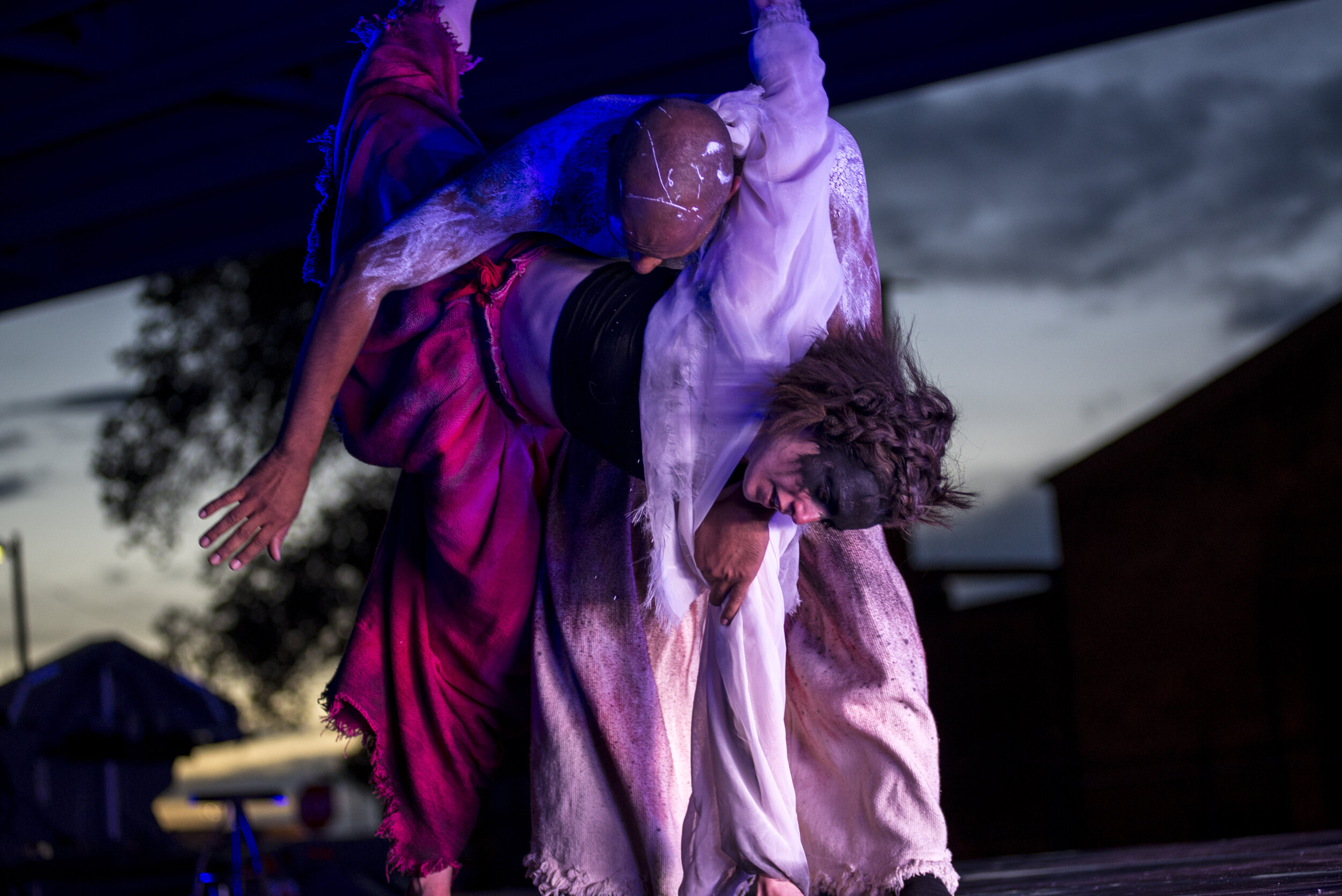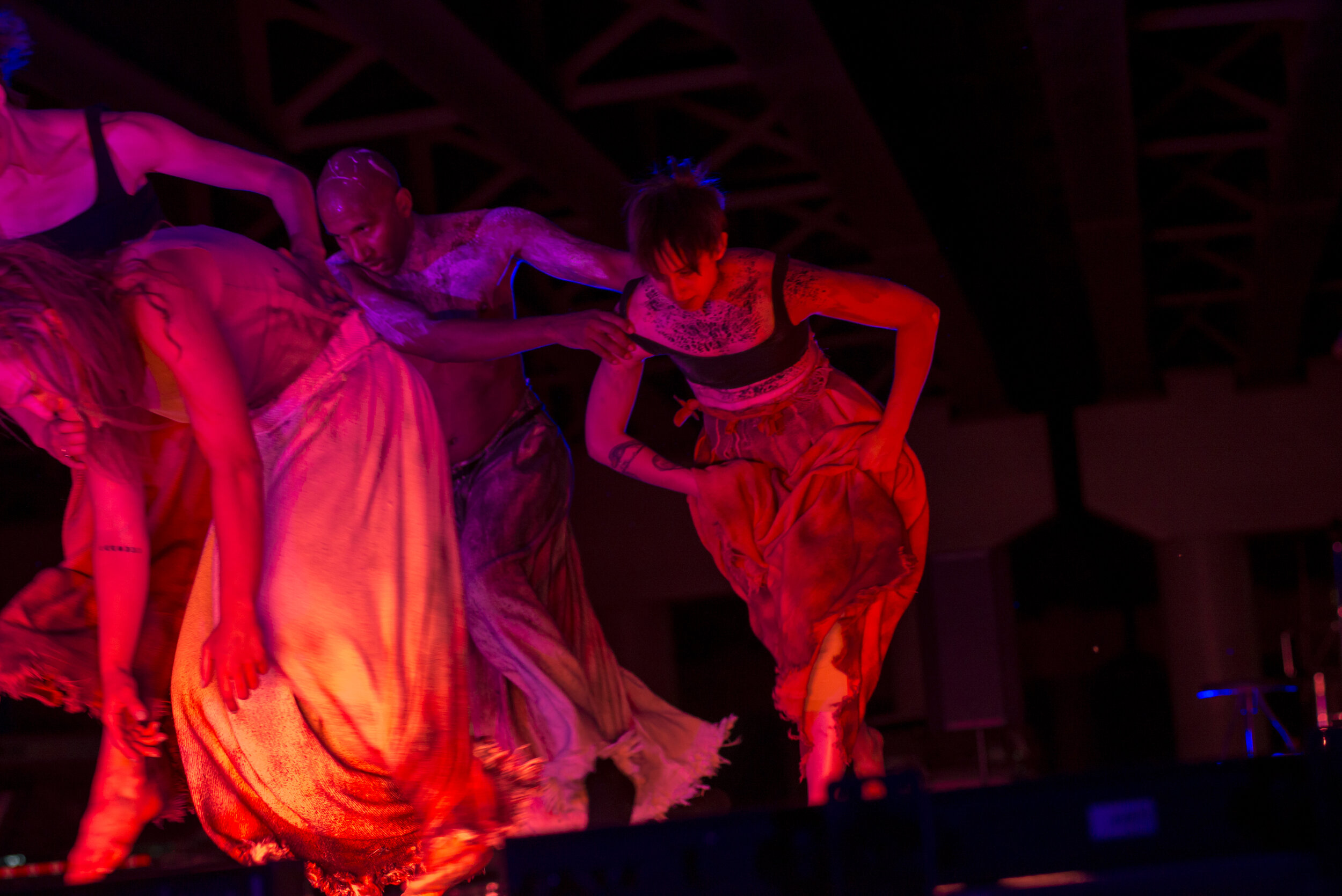Practicing social distancing. Please stay healthy and safe from all of us at NOW-ID.
A couple of premieres these weeks at Texas Tech University and at the University of Richmond. /
NE PLUS ULTRA: FILM ARTIST TJ MARTINEZ /
TJ Martinez
Born in West Texas and raised in New Mexico, TJ is a native of the High Plains. His love of storytelling drew him to filmmaking. He has made both documentary and narrative films and enjoys the challenges and rewards of each. His films have screened at multiple conferences and festivals, including the American Folklore Society Conference and SXSW Film Festival. TJ holds an M.F.A. in Film Production from the University of Texas-Austin.
TJ is an Assistant Professor of Practice at the College of Media and Communication at Texas Tech University.
I have known TJ Martinez for close to three years and we have collaborated on several projects while I have been at Texas Tech University. He is now working on the NOW-ID film project I-MIGRANT, which will be shot at Stubb’s Memorial Park in downtown Lubbock, amongst other places. The film will be released late April.
Charlotte Boye-Christensen
Tell us a little bit about your background: Where are you from and how did you end up in West Texas?
I’m originally from northeastern New Mexico, a region that is very close geographically and culturally to West Texas, so I am very used to the pace of life in West Texas.
I landed here after I finished my MFA if filmmaking at UT-Austin and entered the academic job market. I felt good about the folks at Texas Tech and this place felt ripe for creative opportunity, and thus began the current chapter in my life.
When did you know that you wanted to work as an artist and how did you choose you preferred medium?
Growing up in rural New Mexico, my days mostly consisted of schoolwork and ranch work on my family’s ranch. I always had an active imagination and would find myself letting my mind fantasize and get lost in the stories I saw in the movies. I would watch any VHS movie I could get my hands on and was mesmerized by all the different worlds that could be created. Eventually I began to gain a fascination with that creation process and began to read about and study filmmaking. I didn’t know how I would be a part of that world, but I knew I wanted to.
You are such a prolific artist: doing film as well as photography, which format do you prefer and why?
My first love is film. It’s what I fell in love with first and photography came later. The two are closely related in some ways yet very different in others. At the end of the day, I suppose I have a fascination with all the moving parts that go into making a film.
Photos taken by TJ Martinez of our dance students at Texas Tech University
Can you talk a little bit about your creative process, where do you look for inspiration?
Inspiration can come from anywhere, and I’ve found inspiration from a number of sources. I think what’s more important than where you get an idea, though, is the discipline to develop that idea. Ideas come and go, but if a good one comes along, that’s worth our attention and effort, it’s our responsibility to develop it, flesh it out, and execute it, or else that idea will never be realized and brought about into the world.
Who are some of the people who have inspired you in your work and why?
I work mostly in documentary film and I have been very inspired by some of the subjects in my films. People like Mac, the cowboy in my film All Around who lost his eyesight in a tragic accident but didn’t let that keep him from doing what he loves, riding broncs in the rodeo.
What do you consider to be some of the highlights in your career so far?
Making the film just mentioned, All Around, was definitely a highlight. It was challenging to figure out the best way to tell that story, but it was an incredibly rewarding creative process, as well as a collaborative one with my cinematographer and editor. That film has been very well received by many people and has won awards and screened at several festivals, including South by Southwest.
You work as a Professor of Practice at Texas Tech University, has teaching in any way helped you define your own creative voice? And what makes a good teacher of film?
I don’t know that it has helped me define my creative voice, but it has definitely helped me gain a deeper understanding of my craft. Being a teacher forces you to articulate as best you can the processes and techniques of what you do. When you’re forced to explain something, you understand it better. I think a good teacher in film is someone who can articulate those processes. A good teacher is also someone who understands what is objectively a good or bad choice by a student versus what is a matter of taste, and then knowing when and how to speak up about it.
Who do you consider to be three of the most significant artists in the world (living or dead)?
Three that have been very significant to me are Martin Scorcese, Jane Fonda, and Bruce Springsteen.
Looking towards the future, where do you see yourself as being in 25 years?
On my family’s ranch in New Mexico, drinking my coffee on the front porch in the morning as I watch the sun rise, and in that same spot sipping whiskey in the evening as I watch it set, a full day of hard work in the sun in between.
Postcard from Vancouver, Canada. /
Nathan is in Vancouver, Canada at the moment.
Flashback Friday: FEAST (2014)! /
Photos by David Newkirk!
Inspirational moments... /
The Menil Collection - Dan Flavin. /
Charlotte went on a recruitment trip for Texas Tech University to Houston and managed to visit the extraordinary Menil Collection while she was there.
Flashback Friday!! /
“The Wedding” 2013
Residency at Washington and Lee University. /
Charlotte spent the weekend at Washington and Lee University in Virginia doing a short residency at the Department of Theater, Dance, and Film Studies. The University is situated in the historical town of Lexington, Virginia.
Final images from "Cross/Currents"! /
NYC /
Charlotte went on an art trip to NYC together with her students and faculty this week. They visited the Met, the Whitney, the High line, Movement research, watched productions, took classes and much, much more.
Exciting to watch students grow and have their minds expand through trips like this. #art #experiences#education #inspiration#moretocome #expandinghorizons#dance
Happy Holidays from all of us at NOW-ID! /
HAPPY HOLIDAYS
Images from 2019! /
Images from 2019!
Thank you to all of you who made 2019 such an amazing year - supporters/audiences/volunteers/dancers/collaborators/presenters/sites/and our wonderful Board!
Happy Holidays to all!
#nowidslc #sitespecificperformance#contemporarydance#nashvillesingaporetexasslcrichmond#collaborations #inspiration #2019#2020willbeexciting #physicaltheatre
Postcard from Copenhagen. /
Charlotte was in Copenhagen last week and sent this photo.
Short video of "Cross/Currents" edited by Jan Andrews. /
"Creative Problem Solving" /
We are impressed by these thoughtful responses that students in a “Creative Problem Solving” class at the University of Utah’s honors college had to Nathan’s lecture on the collaborative and site specific work that we do!
“After class the students each wrote several paragraphs about they learned. They mentioned the potential for architectural staging in dance, the role of location, the need for creativity when functioning within a limited budget, and the importance of a strong vision.” Julie Matis
"Cross/Currents" /
Photos by Christopher Risch.
"Cross/Currents" rehearsal photos at the University of Richmond! /
Photos by Christopher Risch
https://www.christopher-risch.com
Some photos from the "Cross/Currents" process on site and in the studio. /
Some photos from the process of creating “Cross/Currents” in Richmond, Virginia.
More to come!
NE PLUS ULTRA: COSTUME DESIGNER MALLORY PRUCHA /
Mallory Prucha
Mallory Prucha is an Assistant Professor of Costume Design at Texas Tech University, Fine Artist, and member of United Scenic Artists, Local 829, IATSE. She received an MFA in Costume Design/Technology from the UNL Johnny Carson School of Theatre and Film, an M.A. in Theatre Arts and B.A. in Studio Art from the University of NE-Omaha.
She has worked for such companies as Oregon Cabaret Theatre, Utah Festival Opera, NE Shakespeare, NE Repertory Theatre, Black Hills Playhouse, Southwest Shakespeare, in the capacity of Costume Designer, Master Cutter/Draper, Craftsperson, Dramaturg, Make-Up Artist, Scenic Designer, and Scenic Charge.
As a freelance Fine Artist, she has illustrated 7 volumes of poetry for author Dr. Toni Poll-Sorensen and "A Primer in Theatre History" by Dr. Bill Grange. She specializes in coordinating moulage for large-scale first-response exercises and simulation and has completed her first level of training for Composite Drawing for Law Enforcement.
I have only known Mallory for the last year and a half but she is such a creative force and an aesthetic kindred spirit, so it feels as if our collaborative friendship has lasted longer. I find her perspective to be profoundly authentic, honest and moving and I am excited to feature her voice here.
Please enjoy!
Charlotte Boye-Christensen
Tell us a little bit about your background; where are you from and how did you become a costume designer?
I am from Omaha, Nebraska. Costume Design was both a rough synthesis of many different interests and exactly what I was meant to do. My formal training hinges on studio art. Enlivening the human condition through understanding of fashion, clothing, costume has provided to be my most noble artistic deep-dive.
Professional Sidewalk Chalk Mural Sample created by Mallory.
Can you talk a little bit about your creative process? Do you start with an idea, an emotion, energy, an image? Do you have specific rituals when you draw?
I start with a conversation. If my design originates in self-talk, I have already lost the process. Without collaboration, my work lives in a vacuum. This conversation is followed-up by tremendous amounts of research and development of a linguistic and visual vocabulary specific to the process, which often becomes the most gratifying part. My own creative process is deeply steeped in a synaesthetic landscape in which images marry music, movement, and ideas. It is lovely, confusing, and resembles my pencil clumsy tracing rough-textured paper to unearth an adequate summary of conversation.
What is the most important component to you in looking at design - function or aesthetics - should design ever be seen as being art?
Those two elements are inseparable and sacred to one another. Similarly, art and design are locked in a dance of equivocal value. I really like the classicist delineation of fine and useful arts—as it speaks to arts and design. Useful arts are bound by linear principles, fine art is the byproduct of genius. Chaos and order are both needed to create a balance, just as art and design are to create a successful picture. Both are also necessary for deeper inquiry.
Composite Sketch Artist Sample. Mallory is currently working with Lubbock PD.
Is having a sense of humor important in your design?
Yes… two words… Ecco Homme (aka Beast Jesus). This is my personal mascot when describing the importance of art and design, because it reminds me to revive a process with joy and laughter.
Tell us about some of the highlights in your professional career.
This questions sucks—the highlight is EVERY SINGLE DAY! I get to wake up and keep doing it! AND I get to keep learning!
In addition to many other publications, including 8 volumes of poetry based on a life in dance, written by Dr. Toni Poll-Sorensen, Mallory’s illustrations are part of the Brooklyn Public Library's permanent collection.
Who do you consider to be the most significant designer of all time and why?
That varies. I have design crushes on Gyo Pei, Iris Van Herpen, John Galiano, Jean Paul Gaultier…. There are so many brilliant minds. I suppose I do not follow sports because I LOVE DESIGNERS. This list varies every day.
Your favorite quote?
Illegitimae Non Carborendorum (don’t let the bastards get you down).
Where do you find most of your inspiration?
In the small moments of the day. Today, there was a small group of monarchs that did not escape the cold in their migration. They were clinging to this white ash tree outside of one of my window. They were simple and beautiful. I do also tend to fixate on Space exploration, the work of the individuals at CERN, and the Northern European Renaissance.
Professional Make-Up Artistry... yes, that is Mallory.
You are now the Head of Design at Texas Tech University and you are a phenomenal teacher - has teaching in any way helped you define your own creative voice? And what makes a good teacher of design?
Yes. I chose teaching over pursuing a much more prolific career in design. It teaches me to be a better person, scholar, human every day. A certain amount of my creative voice is dependent upon humility, and teaching is a well-spring of just that. A good teacher of anything never shies away from asking questions, displaying a willingness to reframe them, and being proven wrong. I think that the same is true for design, therefore teaching and design for me are inseparable.
Production images.
If you hadn't become a designer what profession do you think you would have excelled in/at?
Astrophysics- specifically planetary climatology.
Looking towards the future – where do you want to be and what do you want to be doing in 25 years?
Still looking forward.


